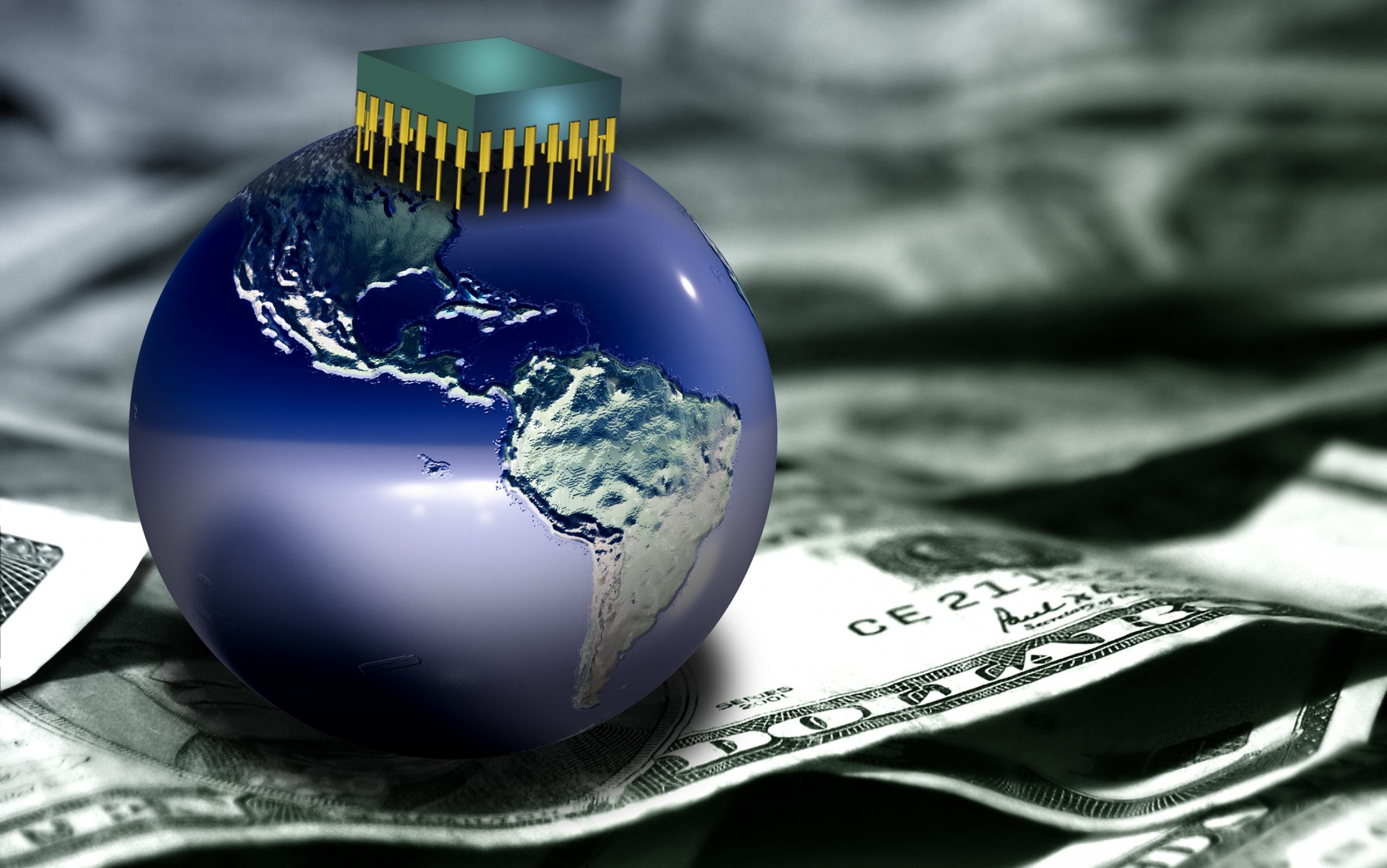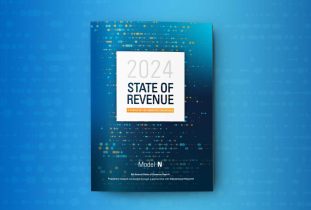The global chip market has been in severe crisis for more than two years, so much that industry publications are beginning to ask if it will ever end. The U.S. Department of Commerce released a report in January 2022 that saw a “major supply and demand mismatch,” with demand as much as 17% higher in 2021 than 2019, without equal increases in supplies. What’s more, inventory levels fell from 40 days to fewer than five days over the same period.
This created a wave that went through the entire high-tech supply chain. Worst hit has been the auto industry. But also, today, pretty much anything manufactured that has a power cord needs a chip. Computers, cameras, microwave ovens, washing machines, and televisions have all been affected by the chip shortage. And, naturally the high-tech manufacturers who make components that go into these products have struggled to meet demand.
The natural result of this mismatch: prices soared – both of the chips themselves, the high-tech components, and the end products. To address this, chip makers, governments, and venture capitalists alike began investing in more capacity to the aggregate tune of hundreds of billions of dollars.
New facilities won’t be online for quite some time. But when that happens, the trend for many high-tech manufacturers will reverse—they’ll find themselves competing in a saturated, price-driven market. And they don’t want to be holding large inventories of products at that point. So when do they stop manufacturing one product line and switch their lines to manufacturing the next one? How can they do more than simply guesstimate where the market is going so they can strategize more precise production plans?
By registering deals with their channel partners.
Deal registration is when a channel partner, such as a reseller and/ or a value-added reseller (VAR), informs the vendor about a sales lead. If approved by the vendor, the partner is given priority to pursue that lead for a prescribed amount of time without competition from the direct salesforce or another partner.
The deal registration process
The deal registration process is fairly straightforward. Although the process can be slightly different depending on manufacturer, generally the reseller registers a deal through a formal partner reseller management program. The proposed deal is reviewed, and is either approved, or referred to the direct sales team or another partner to follow up on. If approved, the manufacturer tells the channel partner the terms under which the deal will be valid—usually a specified time period, and under specified terms. The partner will be the only one able to sell products to the identified customer during the stated time, and under the stated terms.
In some cases, registered deals get extra sales resources and assistance from the manufacturer to get the deal done. After closing deals, compensation can hinge on the partner’s status within the vendor’s partner program. For example, in a reseller program with tiered membership levels – for example, silver, gold and platinum tiers – resellers with high-ranking membership levels will likely receive higher sales margins than lower-ranking partners.
The benefits of registering deals
The biggest immediate benefit of registering deals is that it helps avoid channel conflict. Without registering, the partner risks having another partner of the same manufacturer compete on the deal, perhaps providing a lower price for the same product. The manufacturer with its own direct salesforce might also be trying to sell to that customer, often at a more expensive rate due to the difference between channel incentives and direct sales compensation. Channel conflicts like these impact margins and profits.
With a deal registration program in place, partners can work with a client without having to worry about another company trying to offer the same product at a lower price. Some vendors also offer to help partners in the sales cycle, and deal registration lowers the chance of the vendor poaching the lead once the partner has brought them into the discussion.
However, even with deal registration in place, a vendor may occasionally give a lead to another partner or to its internal sales team. Typically, this is done for extenuating circumstances, such as when the lead requests another partner.
But there’s a second, more important benefit for the business with deal registration. Manufacturers can benefit from deal registration by gaining increased visibility into the sales pipeline. For example, they can see all the attributes of a deal, such as products sold, prices, service, and progression towards completion.
Deal registration thus gives manufacturers insight into what’s happening in the marketplace and across channel partners. Rather than guessing when the tide has turned on supply and demand balance of a particular product, they know that from the deals that are actually being transacted or in-flight.
Looking at this another way, if manufacturers do not know the forecast on products being sold, what channels they are being sold into, and final destination, it is difficult to make production plans for the future that will avoid leaving them stuck with excess inventory.
Why you need a deal registration software solution
To do deal registration right you need a system: either an online channel/partner portal or partner relationship management (PRM) so you have a single place for partners and manufacturers both to register deals, have visibility into the pipeline, manage their relationships, and track performance. A leading deal registration solution will offer dashboards that allow both parties to view the incentives, leads, and orders without having to go in and out of multiple, disconnected applications.
Without deal registration software, all this information would be in different places—both online and offline. In such cases, registration and communication is typically done manually through email, with a sales rep or assistant, manually entering the details. Not only is this time consuming, but it is prone to error. Many manufacturers use a CRM instead of a PRM, but this limits partners from viewing the pipeline details. In cases where there is no system support for deal registration, compensation is often not clear. Partners and manufacturers each track their own data, and often run into disputes.
Protect yourself—and plan more precisely for the future
Registering deals is a win-win for both manufacturers and channel partners. It offers sales pipeline visibility for forecasting, removes channel conflict, gives resellers some level of protection when selling – and tracks deals that allow manufacturers to calculate how leads convert into revenue. More importantly, this allows you to forecast more accurately amidst today’s uncertain market dynamics.
For more information about deal registration, check out Impartner PRM or Model N Deal Management, Impartner is a Model N strategic partner.
















